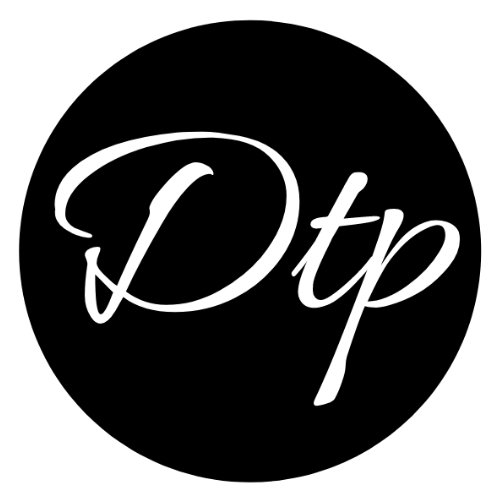DSST Technical Writing Study Guide
- DTP Success Team

- Jan 8, 2022
- 3 min read
Updated: Feb 14, 2024
DSST Technical Writing Exam Outline
Are you looking to ace your DSST Technical Writing Exam?
Our comprehensive study guide is here to help!
Whether you're new to technical writing or looking to improve your skills, this guide covers everything you need to know to succeed on the exam.
From understanding technical writing principles to mastering document design and usability, our guide is packed with valuable insights and practical tips.
Let's dive in and get you prepared to excel on your exam!
Table of Contents
1. Theory and Practice of Technical Writing

Understanding Contexts and Exigence
Before writing, it's crucial to research and verify information to ensure its accuracy.
For example, when creating a user manual for a software product, the technical writer must thoroughly understand the software's features and functionalities.
Stakeholder Analysis
It's essential to ensure that instructions are clear and feasible for the intended audience.
For instance, if writing a guide for assembling furniture, the writer should consider the reader's skill level and provide step-by-step instructions with illustrations.
Establishing the Appropriate Voice
Technical writers must tailor their writing to their audience.
For example, if writing a scientific report for a specialized audience, the writer should use technical language and avoid unnecessary jargon for clarity.
DSST Technical Writing Trivia Question # 334
2. Purpose, Content, and Organizational Patterns of Common Types of Technical Documents

Informing
Reports are crucial to communicating information gathered from research, data analysis, and discussions of relevant issues.
For example, a market research report might inform a company about consumer preferences and trends.
Collaborating
Technical writers often collaborate with subject matter experts (SMEs) to gather accurate information and ensure the content meets the audience's needs.
For instance, when creating a technical manual for a new software product, the writer might collaborate with software developers to understand the product's features and functions.
Performing
Technical writing involves various tasks, such as conducting research, analyzing data, and writing and editing documents.
For example, a technical writer working on a product manual may need to perform usability testing to ensure the manual is user-friendly.
Persuading
In some cases, technical writers may need to persuade their audience to take a particular action or adopt a specific viewpoint.
For example, a white paper on the benefits of a new technology may aim to persuade readers to invest in the technology.
3. Information Design

Elements of Information Design
Information design incorporates various elements such as graphics, report supplements, and page layout to enhance readability and comprehension.
For instance, a technical manual might use diagrams and charts to illustrate complex concepts.
Information Design Strategies
Effective information design utilizes a range of strategies to aid readers, including using white space, bullet points, indentation, and visual aids.
For example, a business report might use headings and subheadings to organize information and make it easier for readers to navigate.
DSST Technical Writing Trivia Question # 218
4. Technical Editing

Revising
The revision process involves ensuring the accuracy and completeness of information and checking that all elements are covered concisely.
For example, in a technical manual, revising would involve verifying that all steps in a process are accurately described.
Editing
Editing focuses on ensuring that the document is complete and that instructions are clear and understandable.
This includes checking for grammar, spelling, and punctuation errors.
For instance, in editing a software manual, the editor would ensure the installation instructions are straightforward.
Assessing
It's crucial not to assume that the reader thinks like the author of the technical document.
This involves stepping back and evaluating the document from someone unfamiliar with the subject matter.
For example, in assessing a user manual for a new technology, the writer would consider whether the instructions are clear enough for a novice user to understand.
5. Conclusion

DSST Technical Writing
Are you gearing up for the DSST Technical Writing exam?
Our comprehensive course modules are tailored to help you master technical writing theory and practice.
Enroll today to access the most detailed DSST prep course and prepare to ace your exam.
Start studying now and utilize our free practice exam to gauge your readiness!





Comments